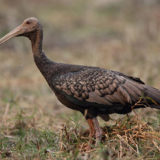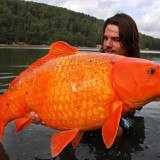Corals
Corals
Corals are marine, colonial cnidarians. They live in a horny skeleton made of their own secretion. A coral “head” is the familiar visual form often confused as a single organism. While it is actually a group of many individual, yet genetically identical, multicellular organisms known as polyps. The polyps interconnect by a complex and well-developed system of gastrovascular canals, allowing significant sharing of nutrients and symbiotes. Corals can catch small fish and plankton, using stinging cells on their tentacles, most corals obtain the majority of their energy and nutrients from photosynthetic unicellular algae called zooxanthellae that live within the coral’s tissue. Corals can be major contributors to the physical structure of the coral reefs that develop in tropical and subtropical waters, such as the enormous Great Barrier Reef off the coast of Queensland, Australia. Other corals do not have associated algae and can live in much deeper water, with the cold-water genus Lophelia surviving as deep as 9,800 ft. It is a fact of concern that about 60% of the world’s reefs are at risk due to human-related activities.











